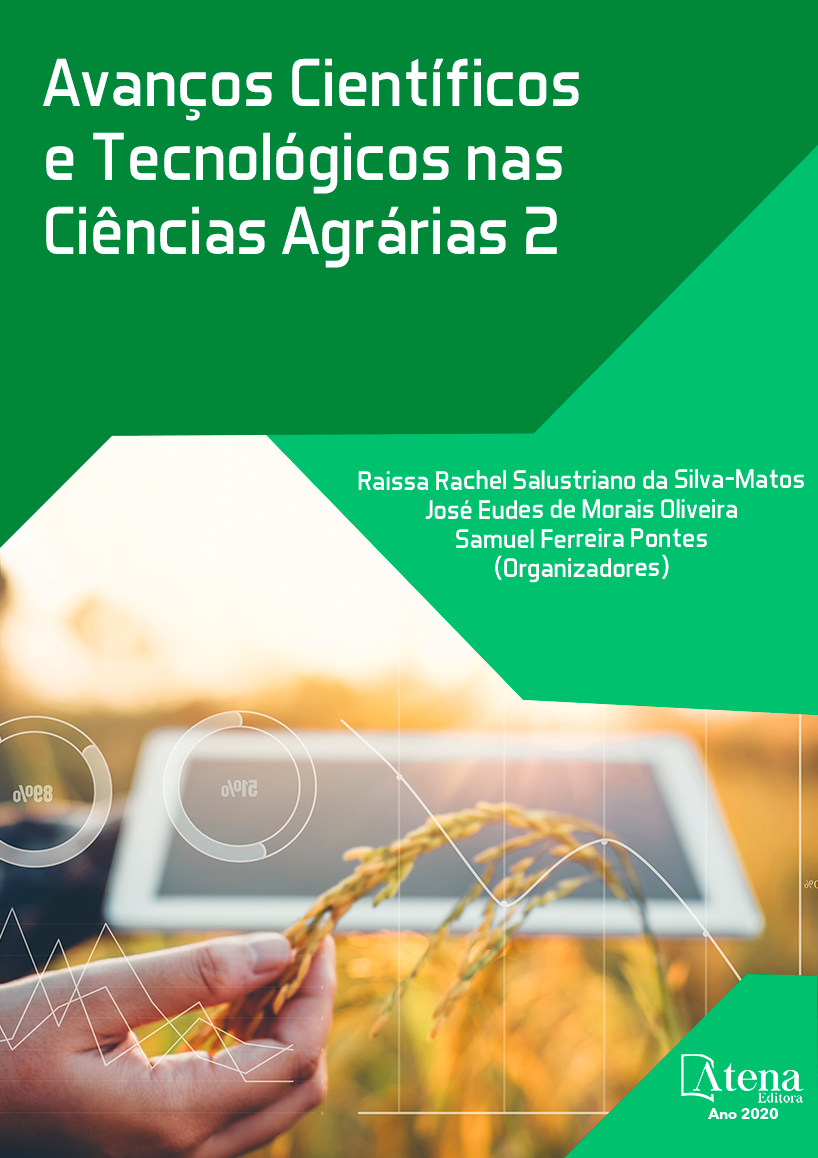
PRODUÇÃO MICROBIANA DE PROTEÍNA A PARTIR DE RESÍDUOS DE ACEROLA (MALPIGHIA EMARGINATA D.C) DESTINADO Á ALIMENTAÇÃO ANIMAL
O trabalho teve como objetivo caracterizar a composição
químicobromatologica do coproduto da acerola antes e após enriquecimento
proteico com a levedura da espécie Sacharomyces cerevisae em fermentação
semissólida para alimentação animal. Foram realizados quatro tratamentos
sendo a testemunha contendo o coproduto na forma in natura e os demais
contendo 2% de levedura para o tratamento II; 2% de levedura mais 1% de ureia
formando o tratamento III e 2% de levedura mais 2% de ureia para o tratamento
IV os quais ficaram 24 horas em temperatura ambiente por 24 horas submetidos
neste período em fermentação semissólida. Obteve-se os seguintes resultados
para proteína bruta: 9,85%; 17,91%; 43,11% e 59,06%, respectivamente.
Concluiu-se que houve eficácia do processo uma vez que se obteve valores
similares e maiores que o concentrado convencional da soja muito utilizado na
dieta dos animais.
PRODUÇÃO MICROBIANA DE PROTEÍNA A PARTIR DE RESÍDUOS DE ACEROLA (MALPIGHIA EMARGINATA D.C) DESTINADO Á ALIMENTAÇÃO ANIMAL
-
DOI: 10.22533/at.ed.64520200317
-
Palavras-chave: coproduto, biotecnologia, nutrição, alimentação animal
-
Keywords: co-product, biotechnology, nutrition, animal feed
-
Abstract:
The objective of this work was to characterize the chemical -
bromatological composition of the acerola co - product before and after protein
enrichment with the yeast of the species Sacharomyces cerevisae in semi - solid
fermentation for animal feed. Four treatments were performed, the control
containing the co-product in in natura form and the others containing 2% of yeast
for treatment II; 2% of yeast plus 1% of urea forming treatment III and 2% of yeast
plus 2% of urea for treatment IV which remained 24 hours at room temperature for
24 hours subjected in this period in semi-solid fermentation. The following results
were obtained for crude protein: 9.85%; 17.91%; 43.11% and 59.06%,
respectively. It was concluded that there was an efficacy of the process since
similar and higher values were obtained than the conventional concentrate of the
soybean used in the animals' diet.
-
Número de páginas: 12
- Emerson Moreira Aguiar
- Robson Rogério Pessoa Coelho
- Djalma Fernandes de Sousa Filho
- Jocsã Magdiel Nogueira de Lima
- Luiz Eduardo Pereira Santiago
- Lúcia de Fátima Araújo


